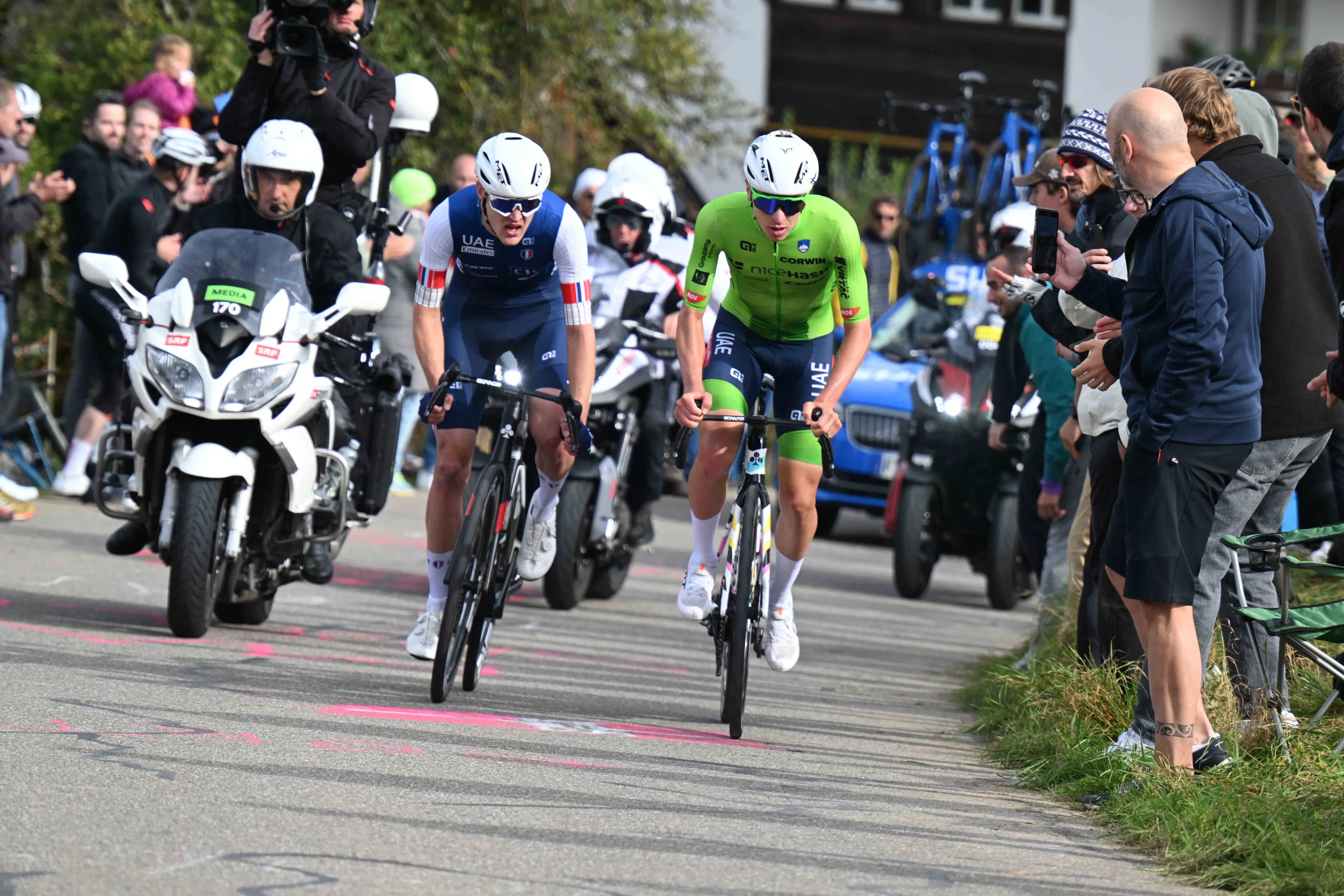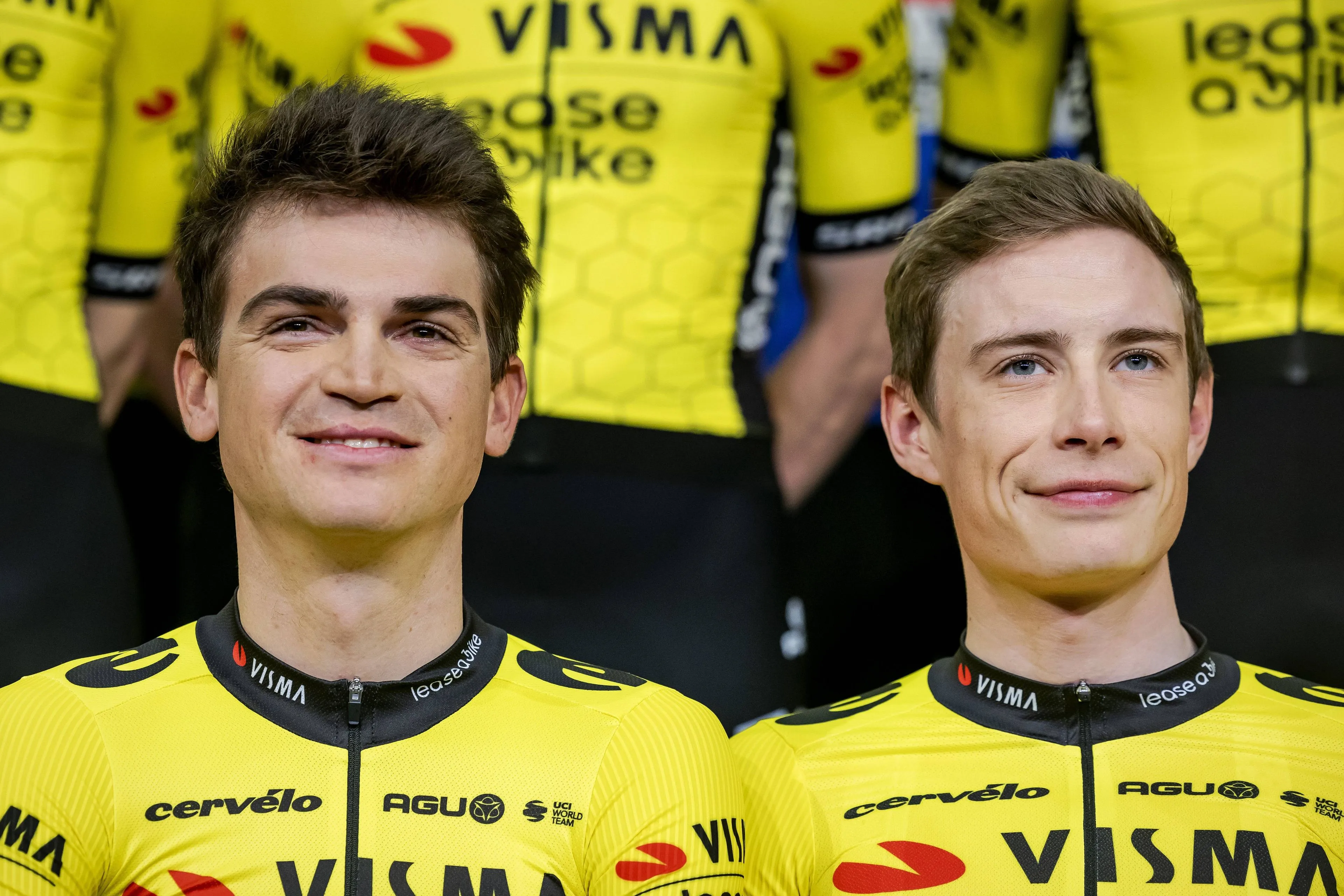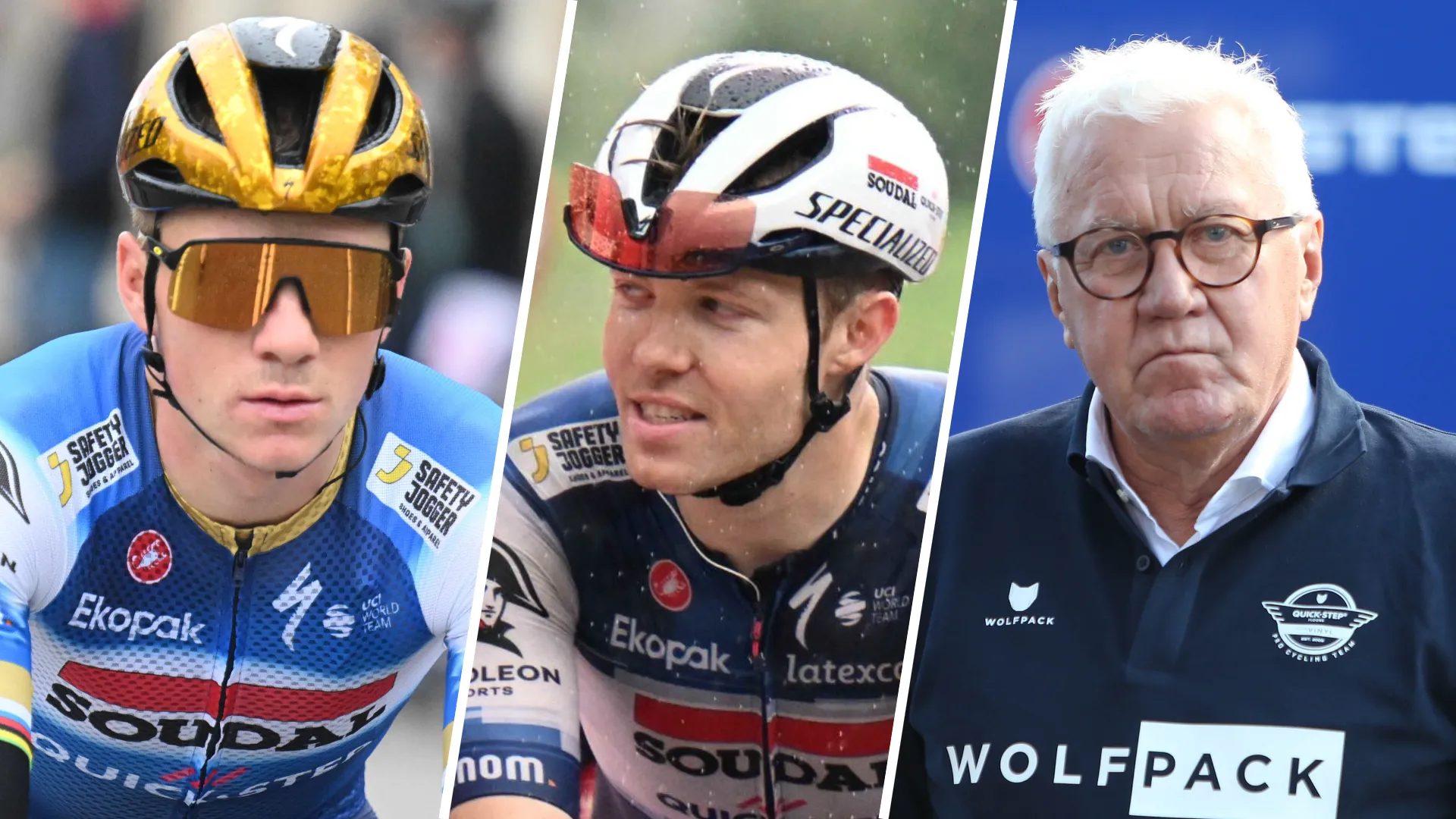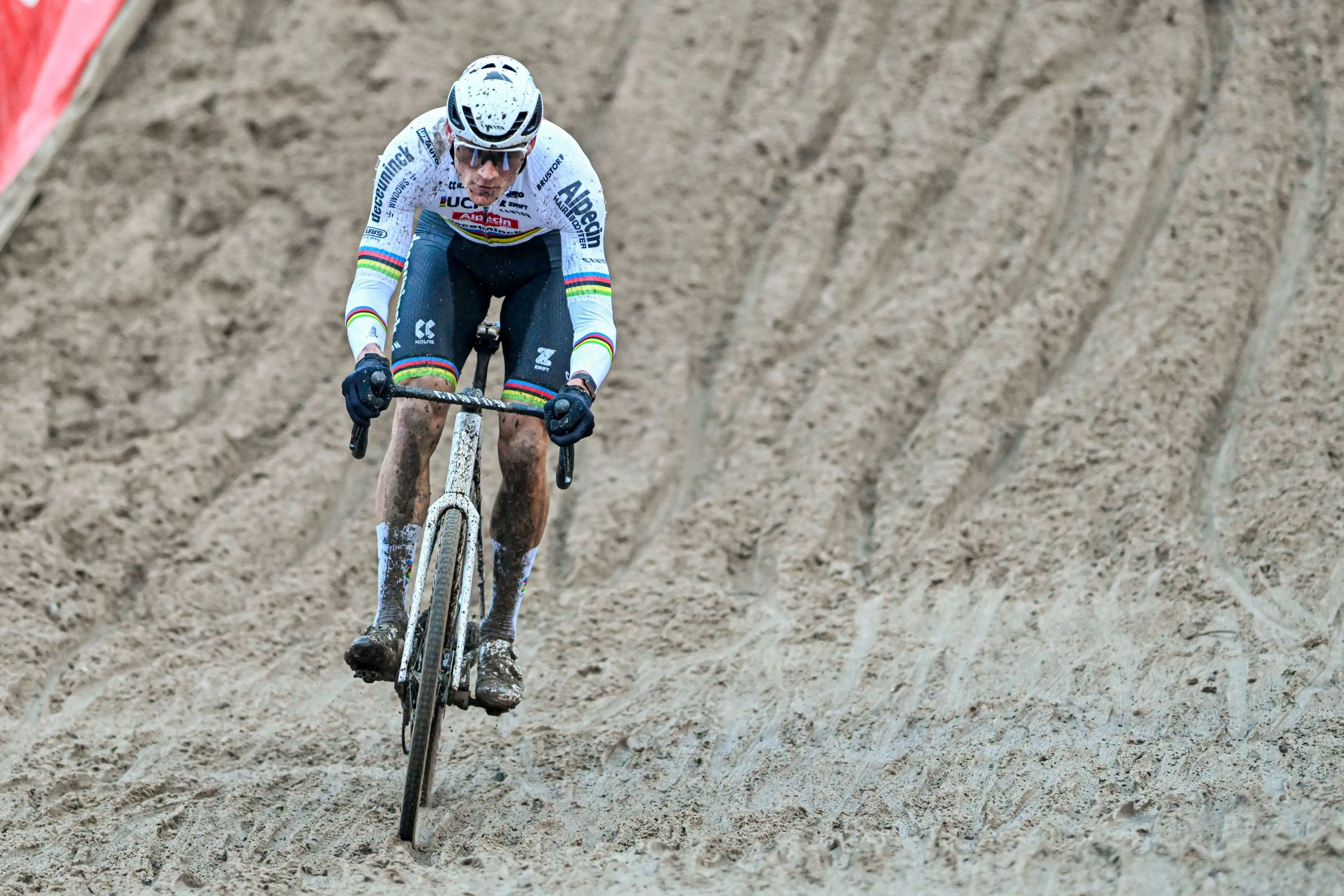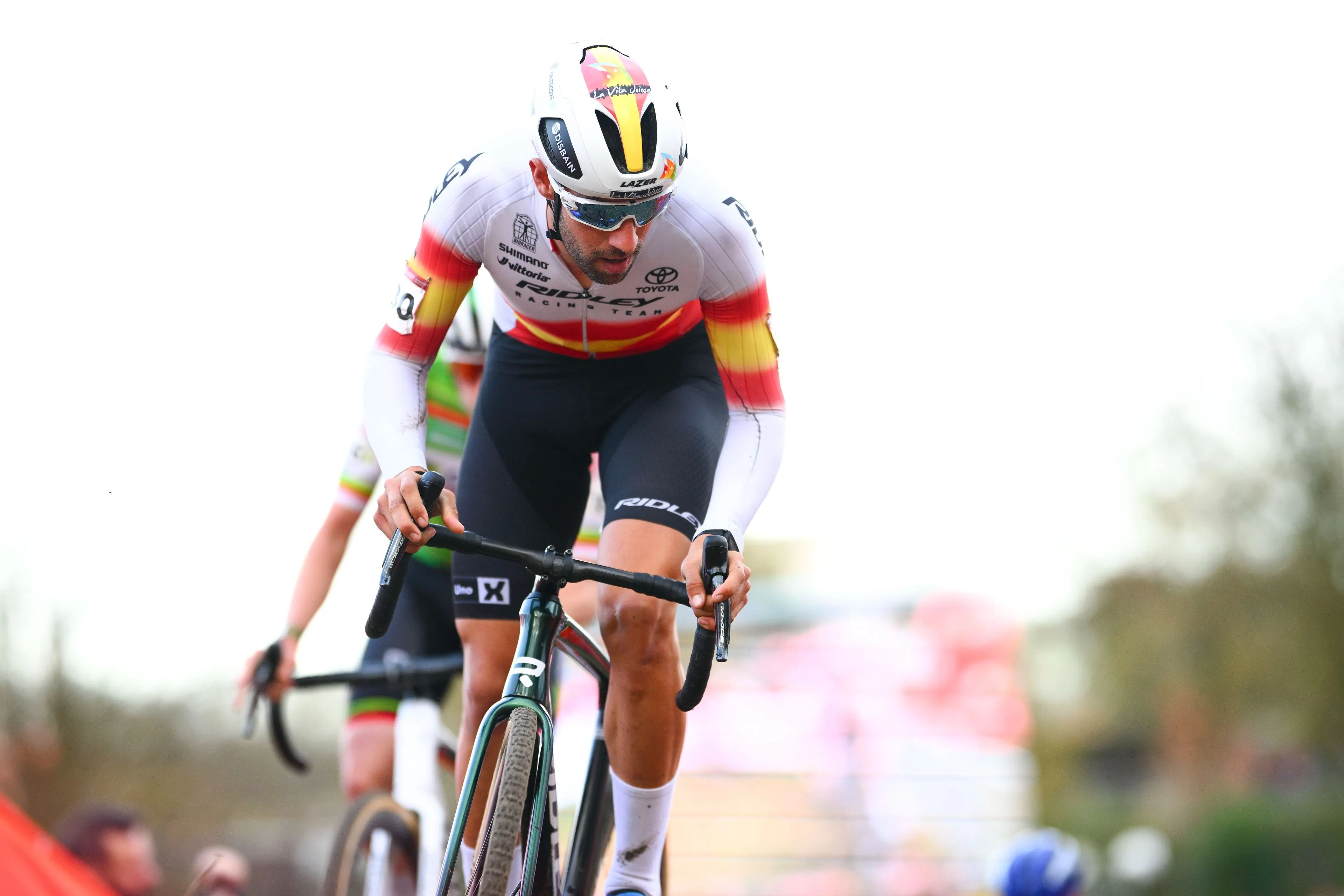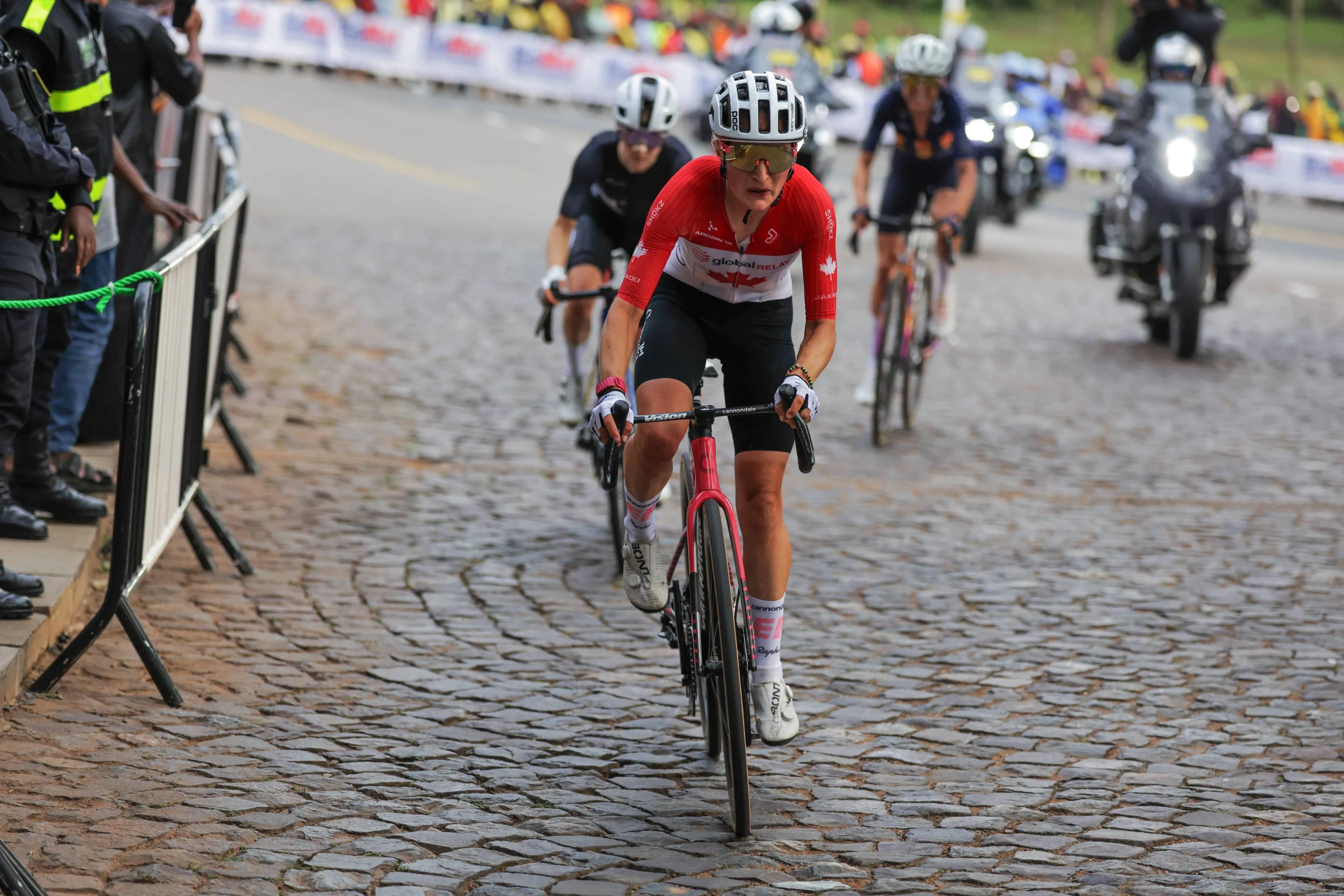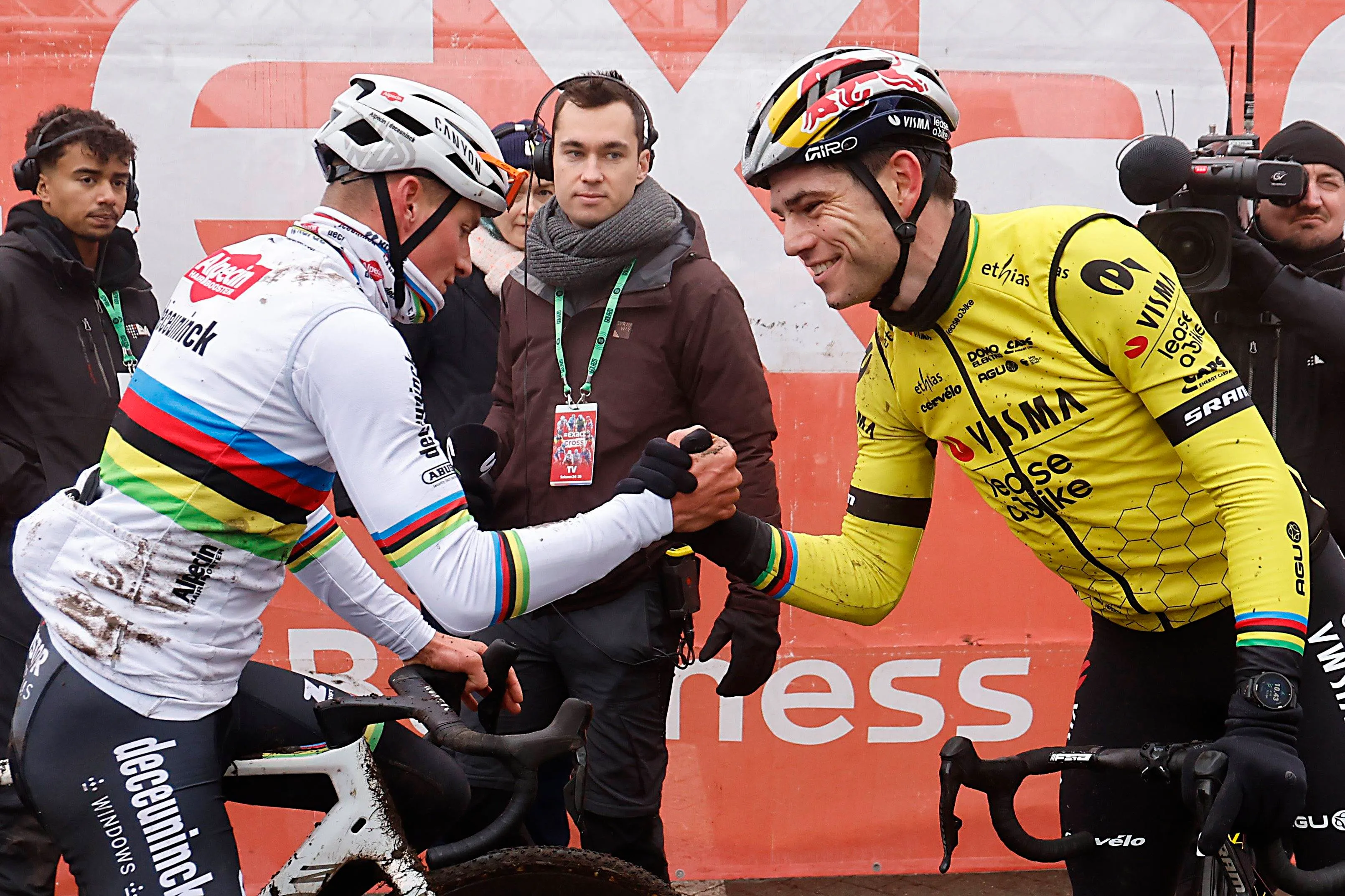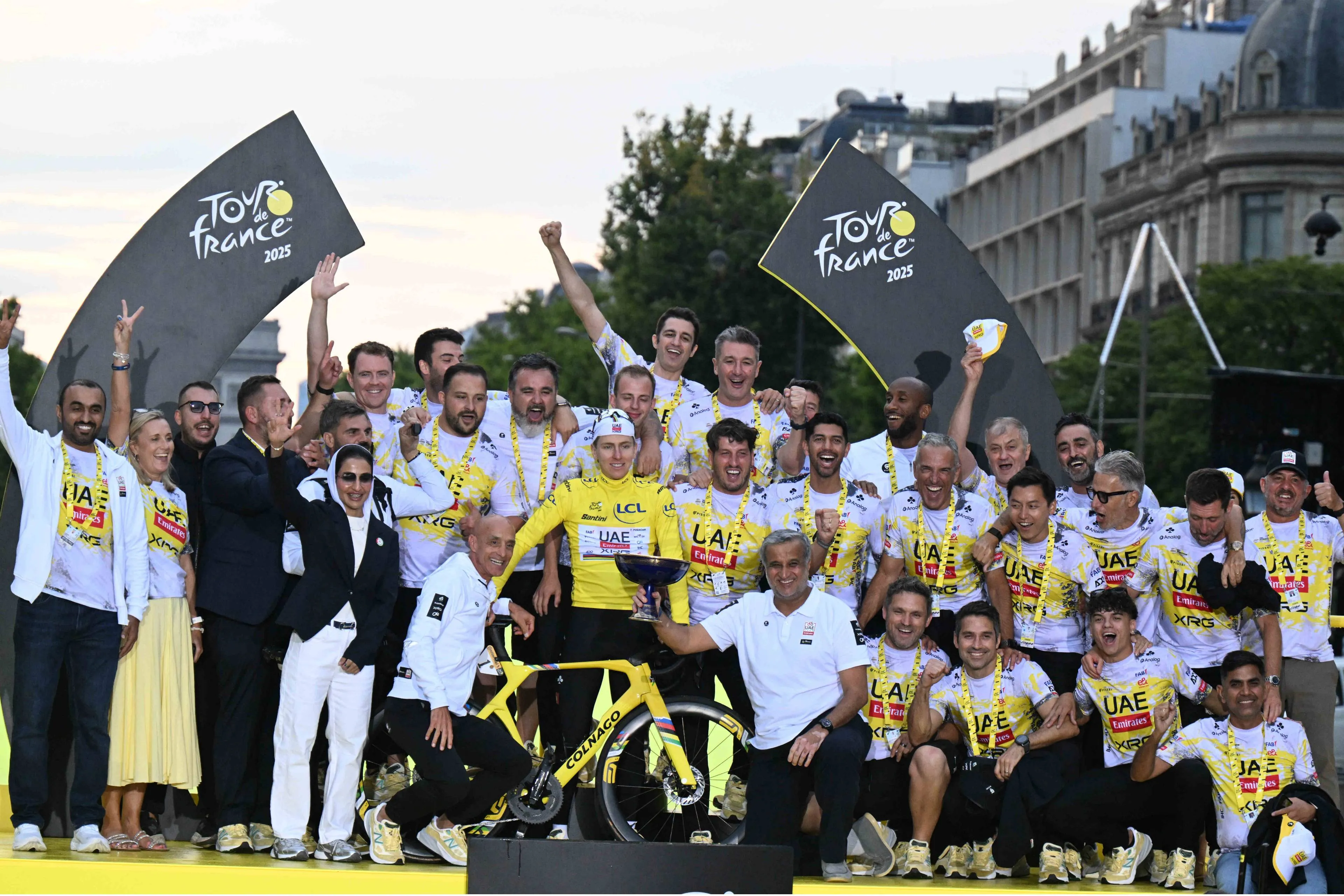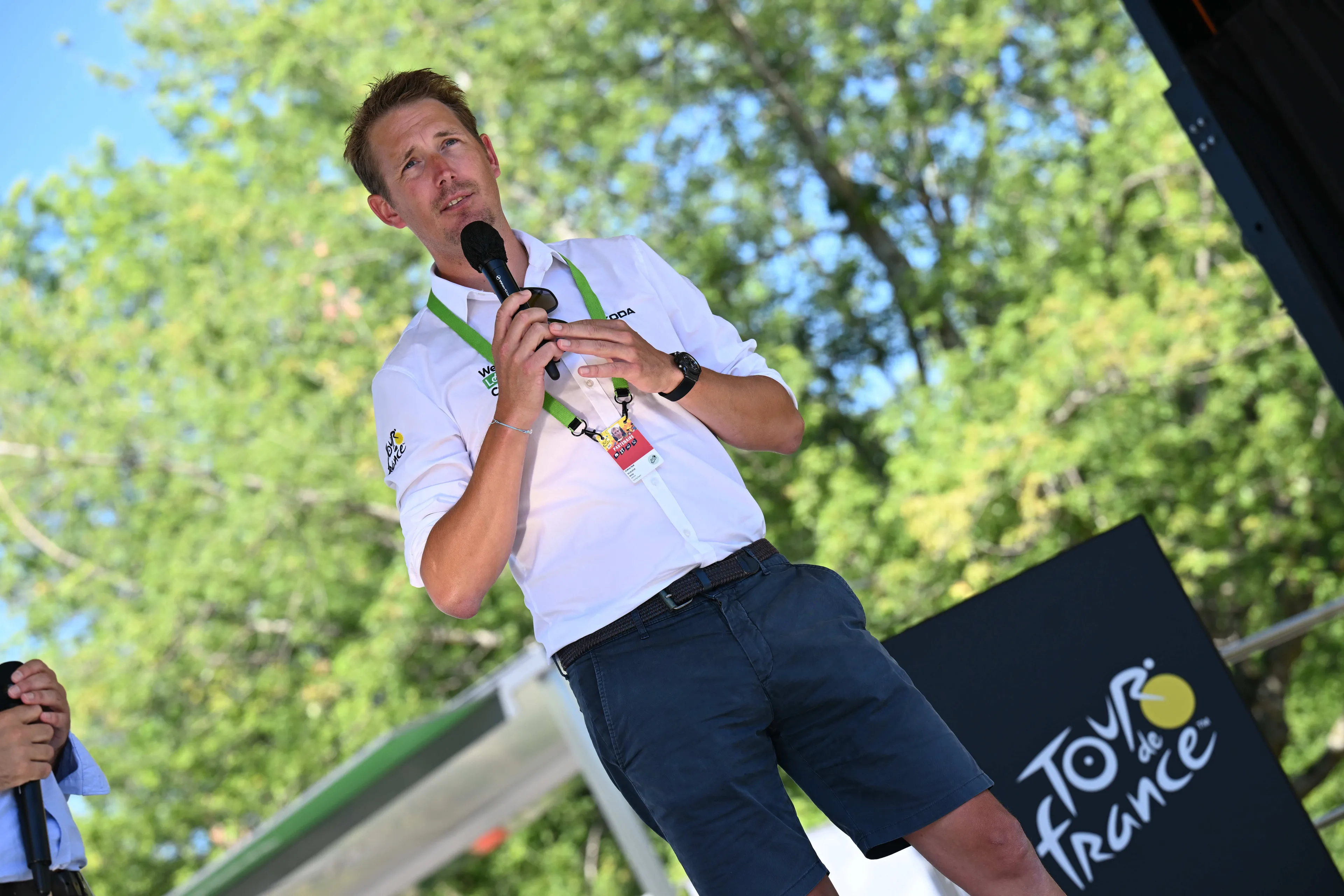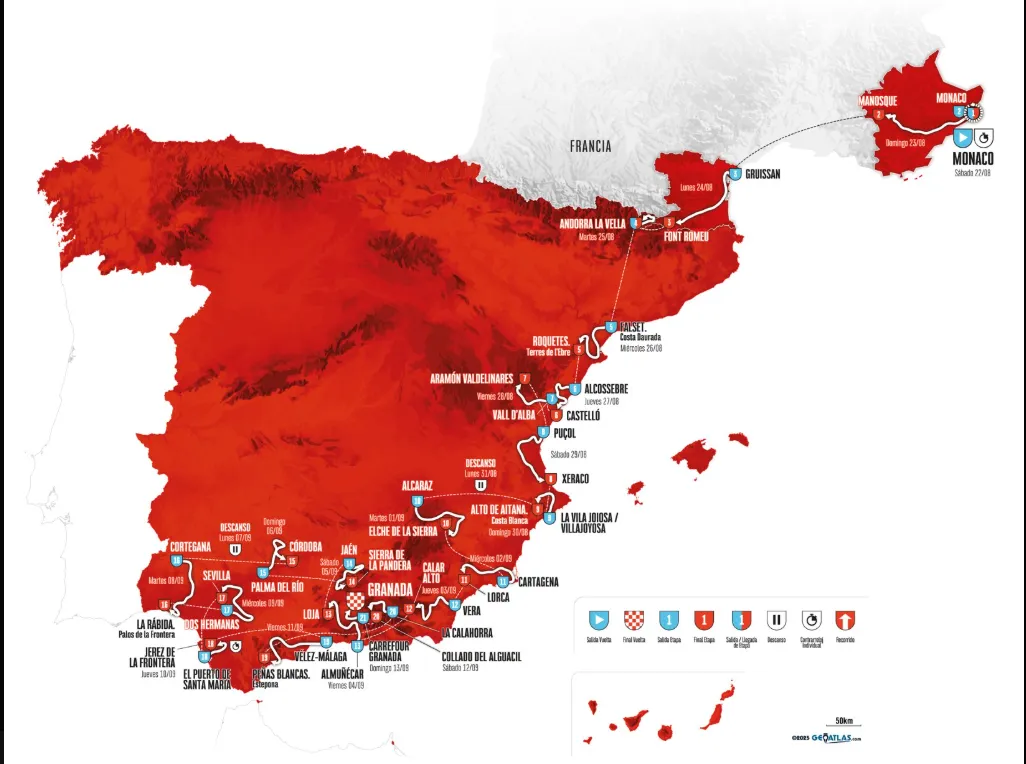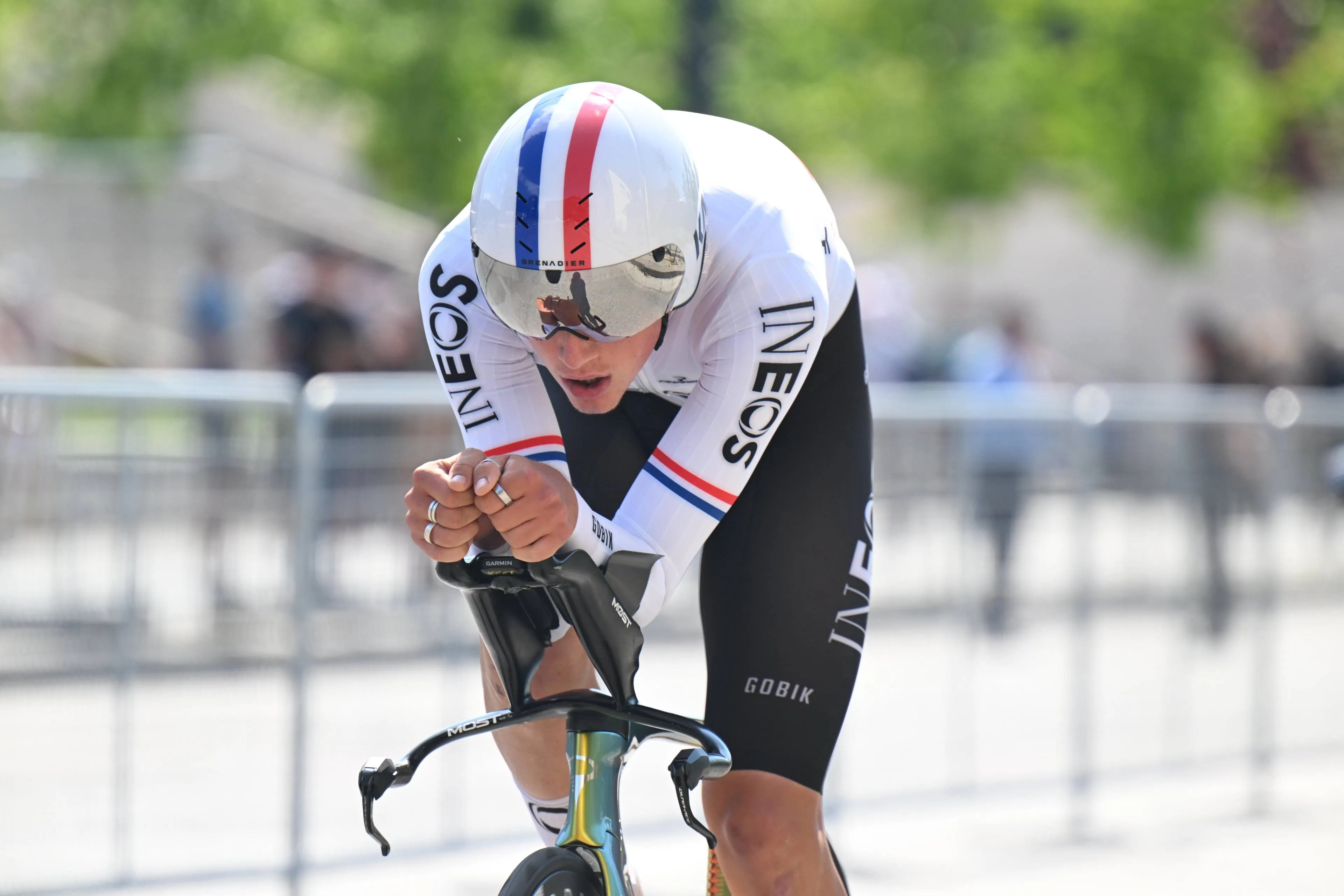
The Giro d’Italia, also known as the Corsa Rosa, is one of
the most historic and visually stunning races in professional cycling. Its
routes showcase Italy's breathtaking landscapes, from the towering Dolomites to
the rolling hills of Tuscany, while challenging riders with some of the sport's
most demanding climbs. Over the decades, the Giro has provided fans with
unforgettable moments, iconic winners, and moments we will look back fondly on
for years to come.
However, despite its charm and superb spectacle, the Giro undoubtedly
plays second fiddle to the Tour de France. The French grand tour’s prestige,
global reach, and position on the calendar have made it the ultimate prize for
cyclists, overshadowing its Italian counterpart. For years, this dynamic has resulted
in the Giro missing out on many of the sport's biggest names, as they opted to
prioritise peak form for the Tour. But has Tadej Pogacar changed this narrative
and, in doing so, revitalised the Giro’s place in the cycling calendar?
Read also
The 2025 Giro d’Italia: a sneak peak
Earlier this week, the route for the 2025 Giro d’Italia was
unveiled, and it promises to deliver another intriguing battle for the fans. For
the first time in its history, the Giro will begin in Albania, with three
opening stages in the coastal city of Durrës. After this Eastern European
sojourn, the peloton will cross the Adriatic Sea to Italy, embarking on a
journey through its west coast, with stage finishes in cities like Naples,
Siena, and Pisa. The second half of the race features the main mountain stages
in the Alps, where the pink jersey will be decided.
The 2025 route is an interesting one, as it combines
tradition and innovation. The inclusion of a stage through the iconic gravel
roads of the Strade Bianche ensures early excitement, while the high-altitude
finishes in the Alps will challenge riders’ endurance once again. With its
traditional 21 stages and breathtaking backdrops, the Giro could once again
produce some epic moments, especially considering the riders that will be present,
but we’ll get to that shortly.
Read also
The Giro’s place in cycling’s ecosystem
Despite its rich history and stunning landscapes, the Giro
has often struggled to attract the strongest fields. As we mentioned before, this
is largely due to its proximity to the Tour de France, which begins just five
to six weeks after the Giro concludes. For decades, it was widely believed that
attempting both races in one season at peak performance was an impossible feat.
The Tour’s prestige as the most significant event in cycling
compounds this issue. With its larger audiences, more extensive media coverage,
and greater commercial opportunities, the Tour has always been the ultimate
goal for most professional cyclists. Winning the yellow jersey elevates riders
to legendary status in a way the maglia rosa, despite its historical
significance, does not. Riders like Fausto Coppi, Eddy Merckx, and Marco
Pantani have achieved immortality through the Giro, but even their legacies are
often overshadowed by their Tour victories.
Read also
Until recently, most teams and riders believed that the best
way to prepare for the Tour was to skip the Giro altogether. The recovery time
between the two races was deemed insufficient, and attempting both was seen as
a sure path to fatigue and underperformance. As a result, the Giro often
featured fewer of cycling’s marquee names, diminishing its status compared to
the Tour.
Then Tadej Pogacar came along.
This narrative began to shift in late 2023 when Tadej Pogacar
announced his intention to attempt the Giro-Tour double in 2024. Many scoffed
at the idea, not least because Pogacar had been comprehensively defeated by
Jonas Vingegaard at the 2023 Tour, finishing over seven minutes behind. Critics
questioned whether Pogacar had the physical and mental resilience to compete at
the highest level in both races, especially considering no one had pulled off
the double in over a quarter of a century.
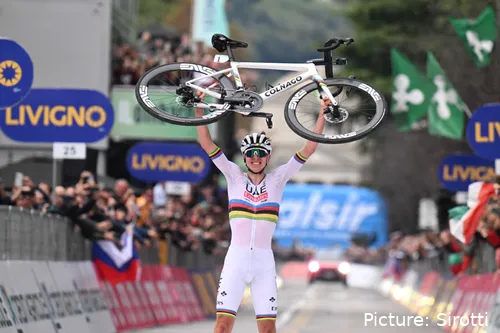
In 2024 Tadej Pogacar that the Giro d'Italia can still be combined with the Tour de France
But Pogacar, already a two-time Tour de France winner, was
undeterred. In May 2024, he began to silence his doubters with a resounding
victory at the Giro d’Italia. His performance was nothing short of
extraordinary, winning six stages and finishing nearly ten minutes ahead of
Daniel Martínez. Surely he couldn’t do the same at the Tour?
Of course he could.
Two months later, Pogacar followed this up with another
dominant display at the Tour de France, reclaiming the yellow jersey with a
victory margin of over six minutes against Vingegaard. In total, he won 12
stages across the two Grand Tours—a feat few riders achieve in an entire
career.
Read also
Pogacar’s triumphs in 2024 have had a transformative impact
on the Giro. By proving that the Giro-Tour double is not only possible but
winnable at the highest level, he has inspired a wave of interest from the
sport’s top riders. The mindset that riders must choose between the Giro and
the Tour is beginning to dissipate, and the 2025 Giro reflects this shift.
The confirmed lineup for this year’s Giro is one of the
strongest in recent memory. It features former winners Primoz Roglic and
Richard Carapaz, alongside big names like Wout van Aert, Simon and Adam Yates,
Juan Ayuso, and Nairo Quintana. Remco Evenepoel, who likely would have joined
the race had it not been for a late-2024 injury, has openly expressed interest
in pursuing the Giro-Tour double in the future, and maybe we’ll see Jonas
Vingegaard attempt the double one day too. The presence of so many elite riders
is largely thanks to Pogacar, who has shown that the double is not entirely
impossible.
Read also
A good idea or a gamble?
While Pogacar has demonstrated that the Giro-Tour double is
achievable, it remains to be seen whether others can replicate his success.
Pogacar’s unique combination of talent, endurance, and mental toughness sets
him apart from most of the peloton. Attempting to emulate his feats could prove
disastrous for riders who lack his extraordinary capabilities.
Nevertheless, the shift in mindset is undoubtedly good for
the sport. With more top riders willing to tackle multiple Grand Tours in a
season, fans are treated to higher levels of competition and drama. The Giro
benefits from increased global attention, while the Tour faces the prospect of
a stronger field, featuring riders who have already tested their mettle earlier
in the season.
Read also
For over a century, the Giro has played a vital role in
shaping the narrative of professional cycling. It has been the stage for some
of the sport’s most iconic moments: Gino Bartali’s victories amidst wartime
turmoil, Merckx’s era-defining dominance, and Pantani’s unforgettable double in
1998. The race’s combination of beauty, difficulty, and unpredictability has
always made it special, even when it lacked the star power of the Tour.
Now, with Pogacar leading a new wave of riders willing to
embrace the Giro, its future looks brighter than ever. The 2025 edition
promises to be a turning point, featuring a route that captures the essence of
Italy and a roster of competitors that will challenge each other at the highest
level. As the sport continues to evolve, the Giro stands as a reminder of
cycling’s rich history and its potential for reinvention.
Read also
So, to conclude, Tadej Pogacar’s groundbreaking achievements
in 2024 have breathed new life into the Giro d’Italia. By challenging
conventional wisdom and demonstrating the feasibility of excelling in both the
Giro and the Tour, he has inspired a renaissance that elevates the race’s
status within professional cycling. With its 2025 route and star-studded
lineup, the Corsa Rosa is poised to deliver one of its most memorable editions
yet, cementing its place as a cornerstone of the sport.
🗺️ This is the route of the 2025 Giro d'Italia!👇
— Giro d'Italia (@giroditalia) January 13, 2025
🗺️ Questo è il Giro d'Italia 2025!👇#GirodItalia pic.twitter.com/cVT1Msio3u
claps 0visitors 0
Just in
Popular news
Latest comments
- I dont know about winning but he has certainly shown that he can lose one.abstractengineer19-12-2025
- Unfair points system!!!. Its the same system under which Virenque won 7 polka dots. But then he cheats so how can he call it unfair.abstractengineer19-12-2025
- Yes being favorites, being 3 to 1 and not winning is worst, 2nd time in history, both times Belgiansabstractengineer19-12-2025
- Uijtdebroeks is just a malcontent. he has never won anything. he will do nothing with Movistar. I would let Remco go for 7 million too. he's great, but not worth it. pay 10 million for Ayuso? also nuts.mij19-12-2025
- interesting Mads got 2nd at Flanders, and he isn't even mentioned by Wout LOL. makes me laugh how he is so overlooked.mij19-12-2025
- I think a 3 v 1 finish with the 1 being a good rider, but not great, is close to humiliation.mij19-12-2025
- These whiners simply want to keep their hold in the highest echelons of the sport without having to perform well enough to please their sponsors and remain there. Cycling has been "unsustainable" ...for 130 years! If Vaughters wants to leave the sport, there will be hundreds of teams happy to ride the Tour and the biggest races in the world in his place. That's what happens when there's a ton of supply of teams and a limited amount of demand for teams at the highest level! -An Economistacem8219-12-2025
- If she was Dutch or Belgian she'd have already sorted a team out. Unfortunately, the CX teams are pretty insular to 'foreigners' and would rather give a spot to a local rider. And that is one reason why the sport is niche outside its heartland.wipperman9519-12-2025
- Dear Editor: It is no humiliation to make the final, even with two riders, and not get it perfect against another talented rider. Disappointment, sure.itsent18-12-2025
- I luv this guy ,so honest puts the hand up ..."my fault.".. I would be stoked to see him win his big monuments ... i think he would be a great team mate and friend.Davide18-12-2025
Loading
Write a comment
